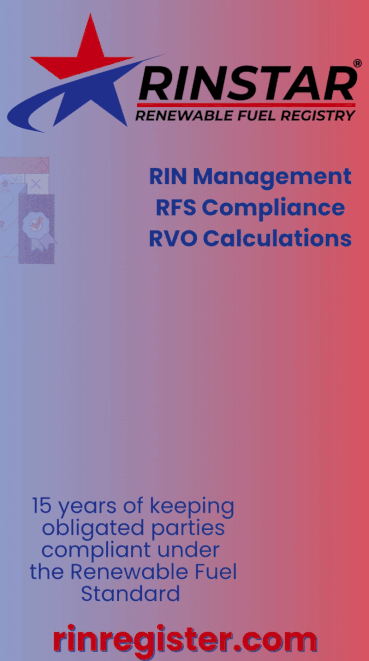Delivering net zero by 2050: The cornerstones of effective IMO climate regulations
- The World Shipping Council
- Dec 8, 2023
- 3 min read

To deliver on the goal of net-zero emissions for shipping by 2050, the International Maritime Organization’s greenhouse-gas (GHG) regulations must rest on solid foundations.
Liner shipping is committed to decarbonizing quickly and efficiently, and to support this process the World Shipping Council published Dec. 7 its first contribution to negotiations at IMO’s 81st session of the Marine Environment Protection Committee (MEPC 81), with a paper outlining four cornerstones critical to an effective IMO GHG agreement.
“Liner carriers are committed to delivering on the 2050 net-zero target and are already investing in renewably propelled ships,” said John Butler, president and CEO of the World Shipping Council. “To ensure there are renewable fuels available to run those ships in a competitive manner, energy providers must see regulations written in the next two years that demonstrate sufficient demand for new fuels to justify the massive investments need in the immediate future. The challenge for member states at IMO is not just to agree, but to agree on regulations that will provide investment certainty. If we can get this right from the beginning, we will speed the energy transition and make it more affordable by avoiding stranded investments.”
The WSC paper MEPC 81/7/2 details the four cornerstones that WSC considers critical to an effective global legal instrument, as a formal contribution to IMO climate negotiations:
1. Set GHG Fuel Intensity Standards Upfront to Provide Investment Confidence and a Clear Pathway to 2050
Decarbonizing shipping will require billions in investments in technology development, vessels, renewable energy production, and supply. Investments are only made if there is confidence and certainty in future requirements. This means that each of the GHG fuel-intensity standards that will apply between now and 2050 need to be defined up front, at the time the regulatory agreement is made.
Leaving future GHG-intensity standards to be defined later would not provide the certainty needed to invest with confidence. Demand certainty is essential to both shipowners and energy providers that need to invest in new ships and renewable fuel production to transform the global fleet.
2. Establish an Effective Economic Measure or GHG Price to Incentivize Investment
To reach our climate targets on time, IMO’s financial measure must be strong enough to make it economically rational and attractive for both ship owners and energy providers to invest in fuels and technologies that deliver deep GHG reductions from the start. The measure or carbon price must be designed to provide a level playing field globally, so that vessels operating with the most advanced low-GHG technologies and energy sources can compete commercially with vessels running on traditional fuels.
To achieve this, IMO regulations must evaluate and reward a given ship or group of ships based on the GHG reduction achieved, including GHG reductions that exceed the specific standard required at a given point in time.
3. Enable the Transition with Vessel Pooling
Net zero can only be reached by reorienting shipping to renewable energy sources. “Pooled” vessel compliance with an IMO low-GHG fuel standard will allow companies to invest in innovative zero-emission technologies and count the GHG impact across a fleet of ships. This will enable the necessary transitional investments in step-change technologies and minimize spending on incremental efficiencies with only short-term impact.
A flexible approach to pooling will enable investments that would not be feasible if each and every vessel must perform at the same level at the same time and will help smaller carriers transition more efficiently.
4. Build in Full Lifecycle Transparency to Deliver Climate Results
IMO regulations must drive the best climate impacts, enabling shipowners and fuel providers to make the most efficient and environmentally effective investments.
Regulations that are based on well-to-wake lifecycle analysis of all fuels, including biofuels, will enable full understanding of the climate impacts across fuel production and use. With a holistic view of all fuels, stranded investments can be avoided in fuels or technologies that divert emissions up- or downstream.
The IMO GHG Strategy sets out a clear timeline that will make it possible to deliver on the promise of a decarbonized shipping industry by 2050. To protect the climate, it is crucial that IMO member nations maintain this timeline, WSC stated, putting the necessary regulatory framework in place by 2025, for implementation in 2027.
“Liner shipping wants to decarbonize our industry as soon as possible and we will continue to lead the way in enabling shipping’s transition to zero,” Butler said. “But we cannot do this alone, and we cannot do it without the volumes of renewable energy and fuels this transition requires. If IMO member nations build upon these four cornerstones in developing the future greenhouse-gas regulations, the shipping industry and fuel providers will have the necessary investment certainty to reach our goal. It is time to move from ambition to action and work together to deliver net zero by 2050.”
Click here to learn more.


































